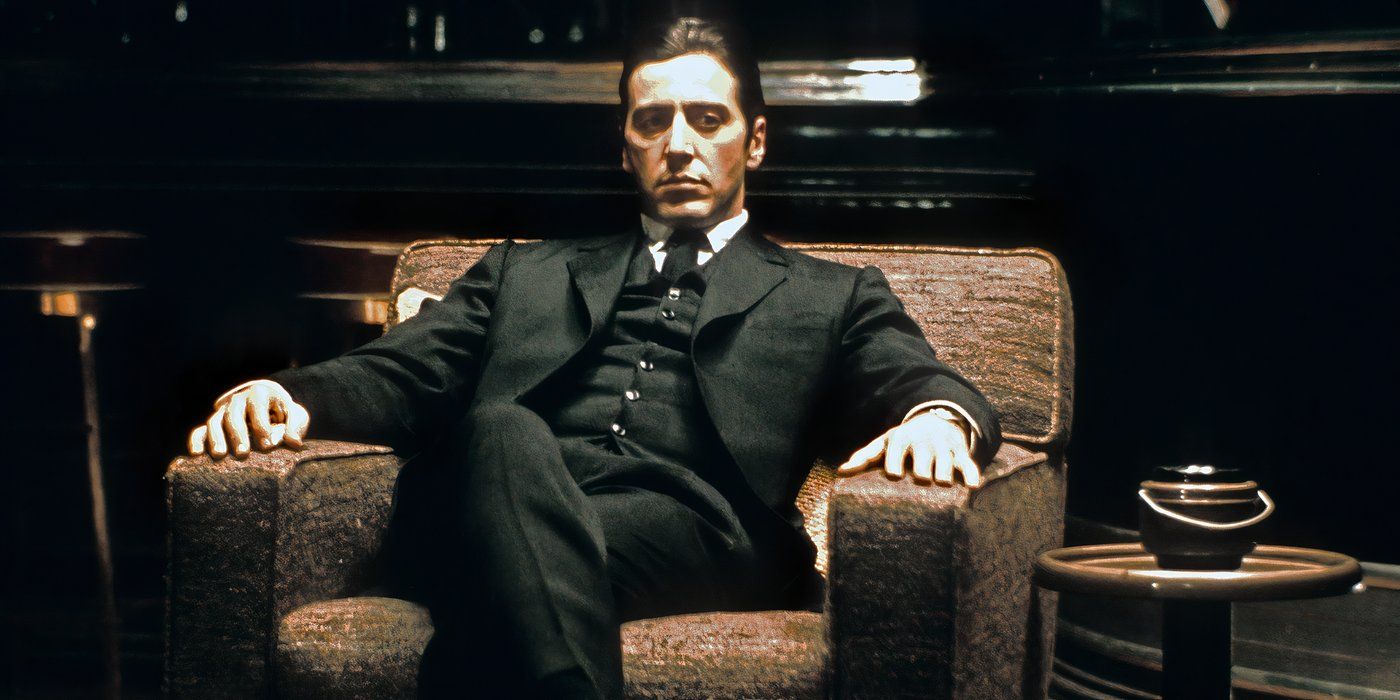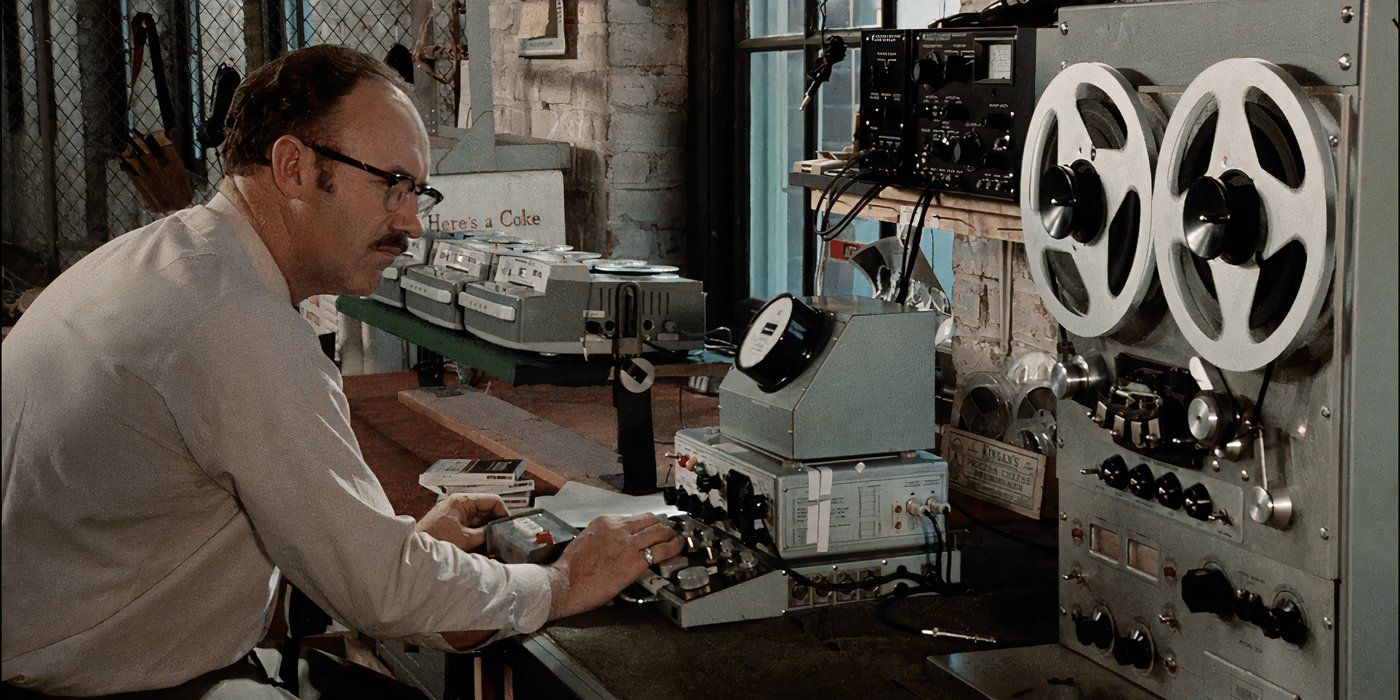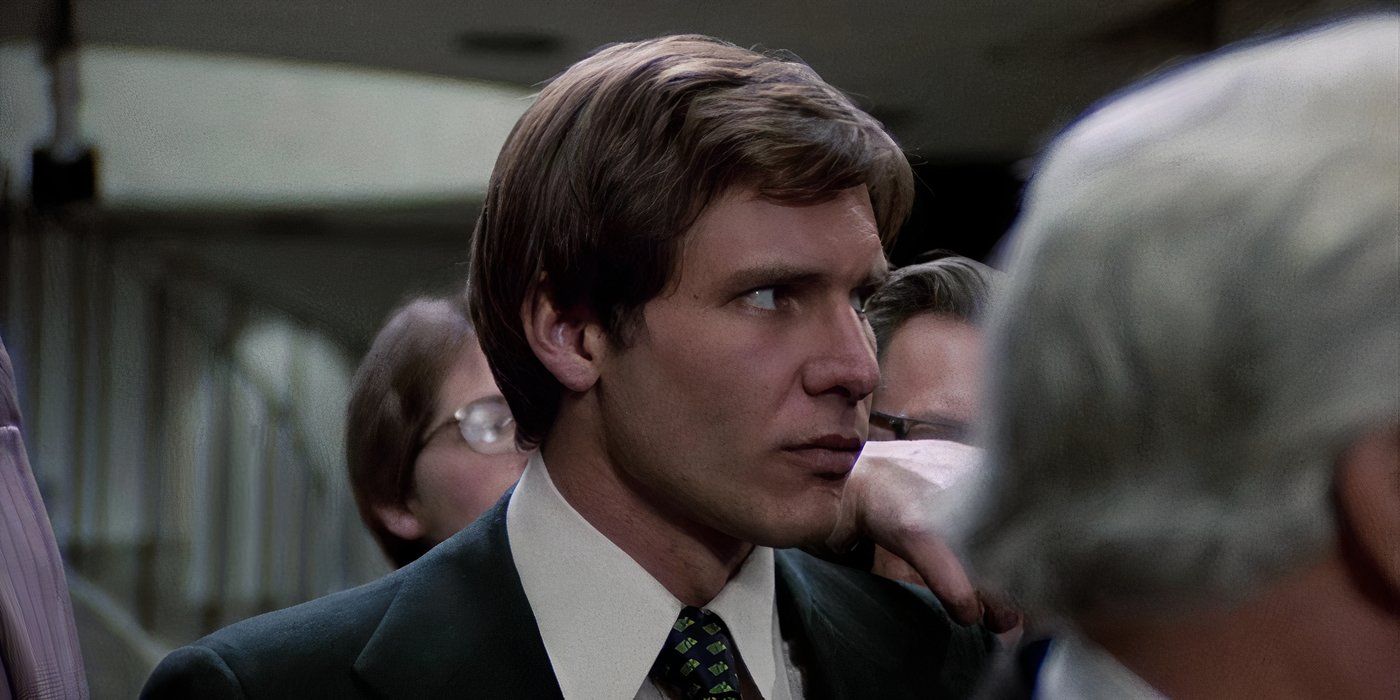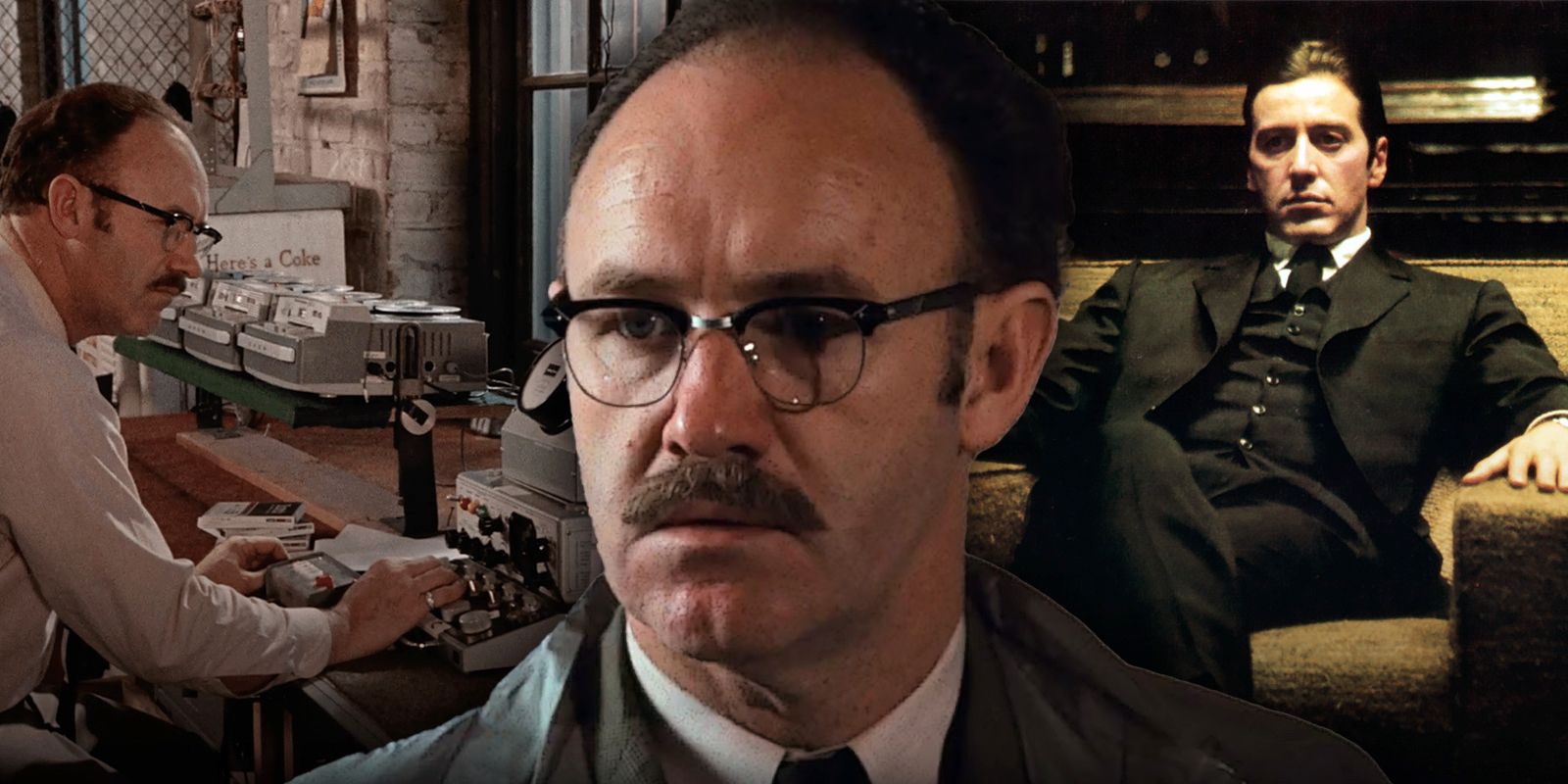
As a movie enthusiast, I can confidently say that Francis Ford Coppola’s masterpieces, particularly “The Godfather Part II,” hold a special place in American cinema history. These films are often lauded as the epitome of gangster epics, and rightfully so, but they may not necessarily be Coppola’s finest works.
In 1974, the follow-up to “The Godfather” left audiences spellbound. Those who had admired the original movie were taken aback when they realized that Coppola had once more produced a masterpiece with “The Godfather Part II”. Many felt it surpassed the initial film, but it wasn’t the only film Coppola directed in 1974, and it wasn’t his best.
The Godfather Part II Stood Out In A Stacked Year For Films
1974 Saw An Incredible Lineup Of Cinematic Releases

The 1970s marked a significant shift in American cinema, breaking free from the strictures of studio control and censorship that had characterized the 1950s and 1960s. This liberation ushered in a wave of fresh talent and independent filmmakers, such as John Cassavetes, Robert Altman, and Francis Ford Coppola, who introduced a new, more emotionally nuanced approach to American filmmaking. Movies during this period became grittier, more complex emotionally, and less stifled by studio intervention. Prior to the 1970s, some of the most innovative and thought-provoking cinema was emerging from outside the U.S., with directors like Ingmar Bergman, Akira Kurosawa, and Federico Fellini at the forefront. At a time when much of Hollywood’s output lacked authentic human emotion, these foreign filmmakers kept the art form alive. Fortunately, this trend began to change in the 1970s, allowing American filmmakers to embrace boldness and experimentation similar to their counterparts abroad.
1974 marked a significant milestone as it saw the debut of several timeless films that shaped the cinematic landscape. Martin Scorsese, John Carpenter, and Steven Spielberg all released their early works during this period, setting the stage for their future iconic status. Francis Ford Coppola’s filmmaking journey in the 1970s might be unparalleled in terms of its series of masterpieces.
The release of “The Godfather” in 1972 catapulted Coppola’s career to new heights, giving him the creative liberty to explore more personal projects. He continued his success with “The Conversation” two years later, followed by “The Godfather Part II” and culminating with “Apocalypse Now” in the final year of the decade.
In April 1974, The Conversation didn’t have as big an impact on the general public compared to Francis Ford Coppola’s previous movie, The Godfather. As a sequel to one of the decade’s most celebrated films was set to release in December, The Conversation was overshadowed by the excitement surrounding The Godfather Part II. Despite earning critical acclaim and multiple Academy Award nominations, The Conversation is seldom mentioned when discussing Coppola’s 1970s work. Harrison Ford, in one of his earliest roles, gave a chilling performance as a corporate assistant in this film, stealing every scene he was in. Although The Godfather Part II has become an enduring classic of cinematic history, Coppola’s more intimate and emotional film from the same year has been overshadowed for decades.
The Conversation Deserves Greater Recognition
The Film Should Be As Fondly Remembered As The Godfather Series
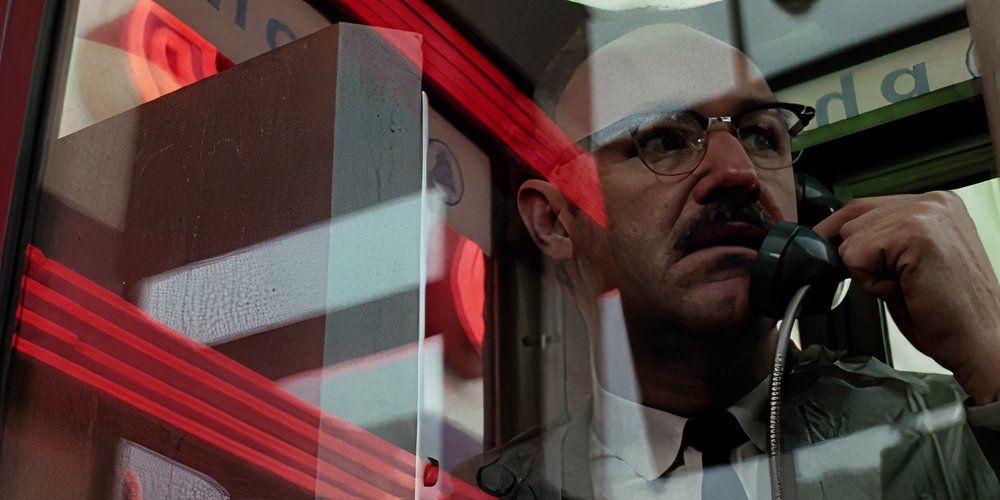
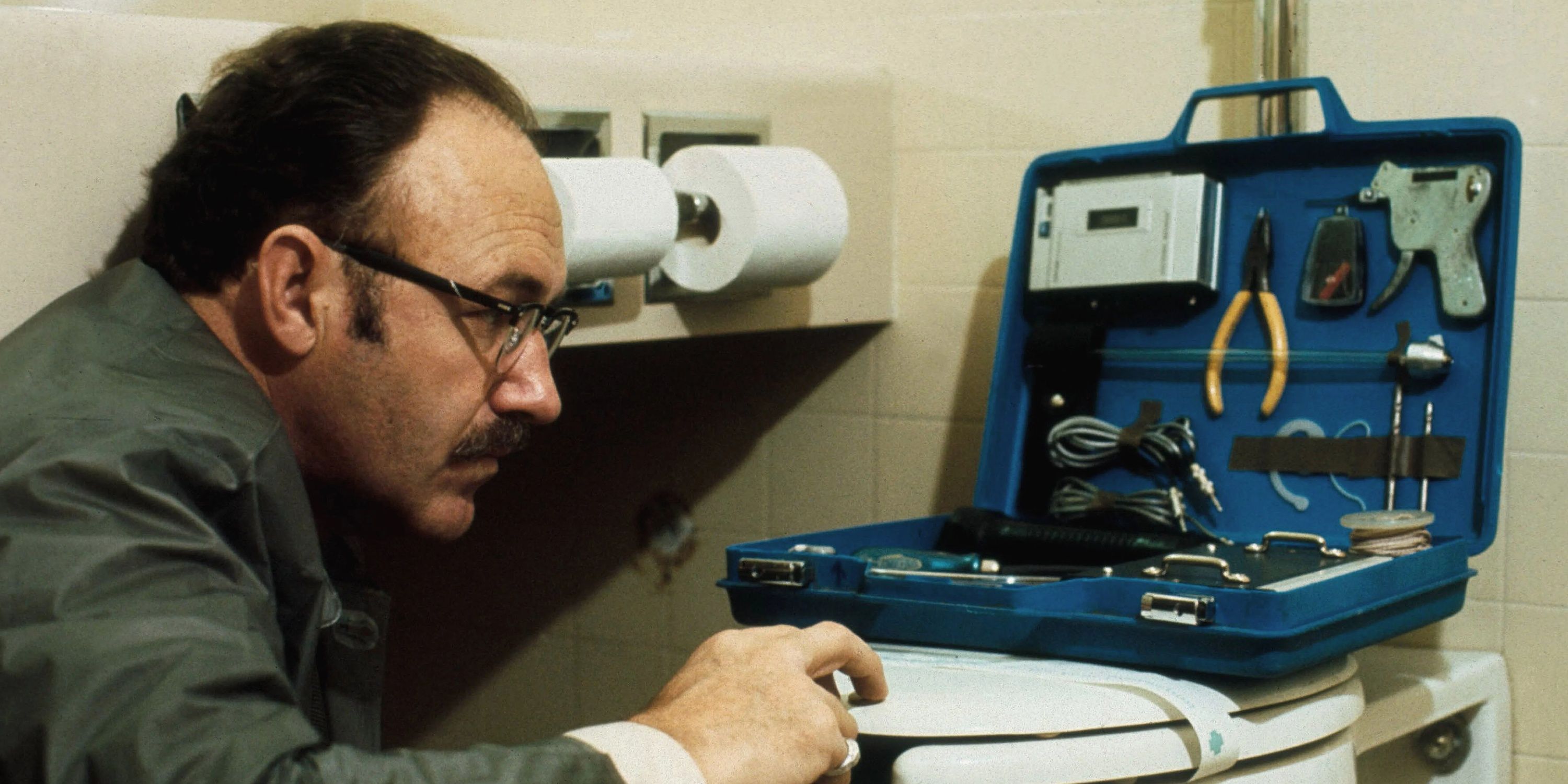
In a similar vein to Coppola’s other films from the period, The Conversation merits equal praise. While The Godfather and its sequel were more widely acclaimed, The Conversation is equally impactful, superbly acted, and emotionally profound in the same way as any scene from either Godfather movie. The film focuses primarily on the characters rather than the plot twists, which sets it apart. Character development takes precedence over plot development, making the movie truly exceptional.
The remarkable audio-visual elements and the chilling atmosphere of the movie are perfectly aligned with its tense, paranoid theme. Kevin Spacey’s portrayal of Harry Caul offers one of the most moving depictions of solitude ever captured on screen. The story revolves around a man grappling with his moral compass, spiritual beliefs, and personal regrets in life. Haunted by the consequences of his past actions, Harry Caul carries an overwhelming burden of guilt throughout the movie. Religious undertones, dreamlike sequences, and exceptional scenic and set design only deepen the mystery of the film, revealing it to be a complex narrative that goes beyond its initial impression.
Although it’s unfortunate for fans of “The Conversation” that it isn’t held in the same high esteem as some of Coppola’s other films, it is every bit as good and often even better. In many ways, “The Conversation” outshines Coppola’s more popular films. To put it simply, “The Godfather” movies are rightfully considered classics, but “The Conversation” should be seen in the same league. Even Coppola’s other 70s masterpiece, “Apocalypse Now,” from 1979, which is frequently praised as one of the greatest war films ever made, gets more attention today than “The Conversation.” This underscores the fact that “The Conversation” is undoubtedly Coppola’s most underappreciated film from that era.
The Conversation Is Coppola’s Best Film
The Film Is Arguably The Iconic Director’s Finest Achievement
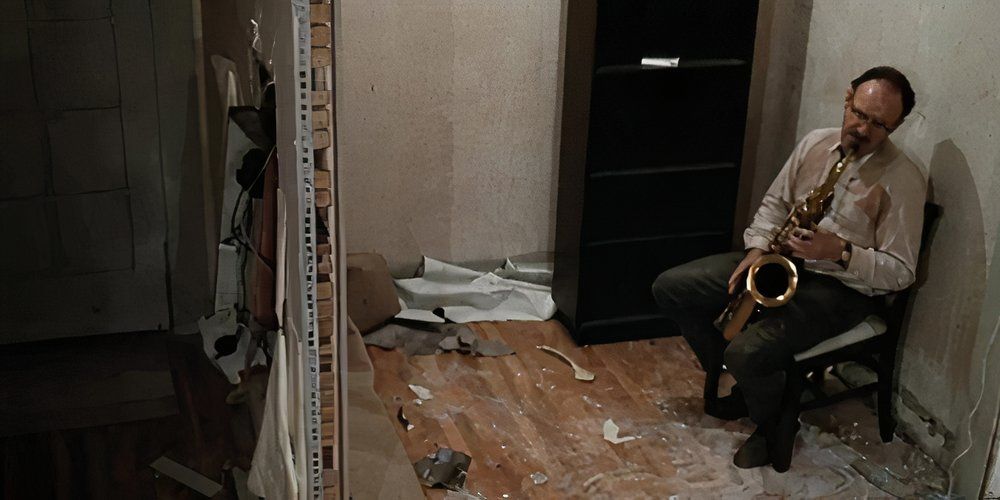

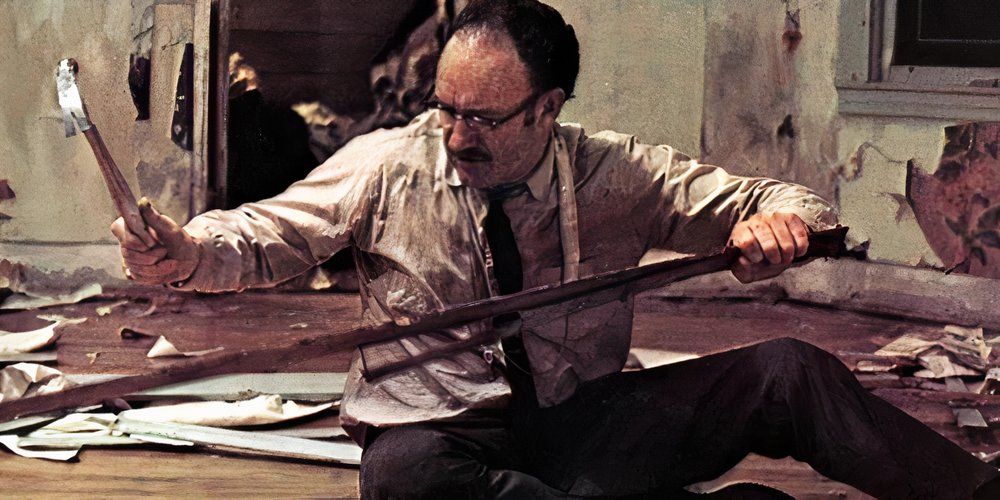
In assessing Francis Ford Coppola’s best film, it’s a topic that stirs much discussion among both audiences and cinephiles. Both “The Godfather” and “The Godfather Part II” are often at the center of this debate, but films such as “Bram Stoker’s Dracula,” “Rumble Fish,” and “Apocalypse Now” also enter the fray. However, it is widely argued that “The Conversation” stands out as Coppola’s most impressive work. Each scene, every subtle expression on Gene Hackman’s face, and every sound effect in “The Conversation” are meticulously crafted to evoke an emotional response from the audience. The character of Harry Caul’s longing for connection despite his own fear of being observed resonates with viewers on a universal level, even those who haven’t experienced such intense paranoia and dread.
The Conversation stands as one of the most exceptional representations of its era in American cinema, with its unique blend of psychological horror and emotional torment that continues to resonate today. Movies such as The Parallax View, Three Days of The Condor, and Klute belong to the conspiracy thriller sub-genre, but they don’t quite capture the depth and impact that The Conversation does. In Coppola’s film, there is no sensationalized drama; instead, viewers are drawn into the story of a weary, solitary man seeking understanding and redemption amidst his fearful world. Harry Caul, played by Coppola, outshines other iconic characters like Michael Corleone from the Godfather series and Captain Willard from Apocalypse Now.
Despite not receiving as much acclaim as some of Coppola’s other movies, “The Conversation” has significantly impacted various works over the years since its debut. For instance, Tony Scott’s nostalgic conspiracy thriller is a clear adaptation of Coppola’s “The Conversation,” even mimicking the original film’s opening scene. It’s fascinating to observe how “The Conversation” continues to influence contemporary films, shaping an entire genre. However, it remains peculiar that it doesn’t receive as much discussion as other films from its era. After directing numerous movies with similar themes and concepts, even Coppola hasn’t been able to recreate the emotional impact he initially achieved in 1974 with “The Conversation.
Read More
- Clash Royale Best Boss Bandit Champion decks
- Mobile Legends November 2025 Leaks: Upcoming new heroes, skins, events and more
- PUBG Mobile or BGMI A16 Royale Pass Leaks: Upcoming skins and rewards
- The John Wick spinoff ‘Ballerina’ slays with style, but its dialogue has two left feet
- Clash Royale Season 77 “When Hogs Fly” November 2025 Update and Balance Changes
- Kingdom Rush Battles Tower Tier List
- Vampire’s Fall 2 redeem codes and how to use them (June 2025)
- Delta Force Best Settings and Sensitivity Guide
- ‘Australia’s Most Sexually Active Woman’ Annie Knight reveals her shock plans for the future – after being hospitalised for sleeping with 583 men in a single day
- Clash Royale Furnace Evolution best decks guide
2025-04-22 02:37
